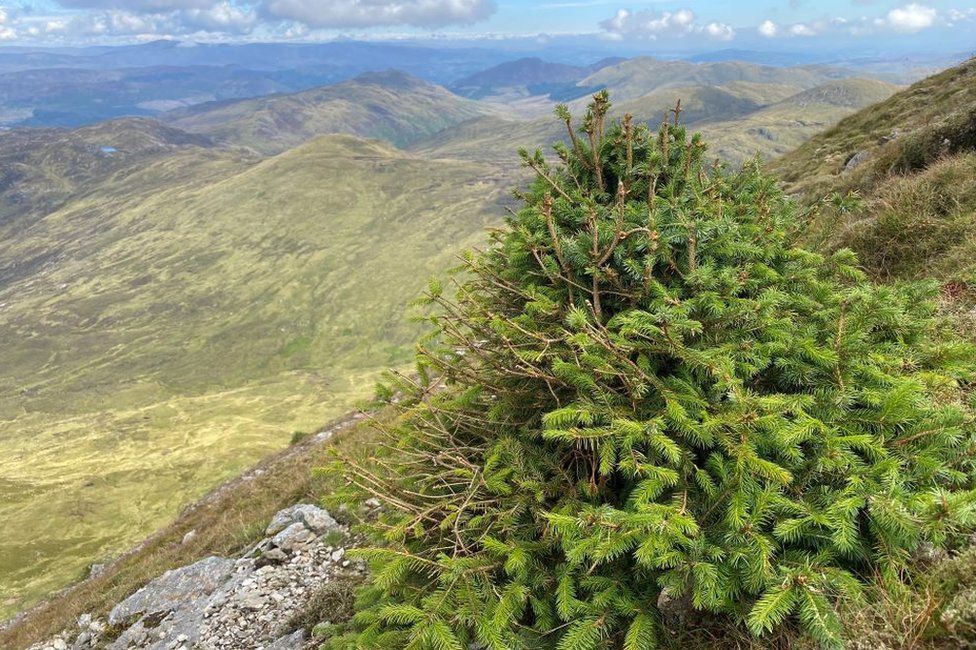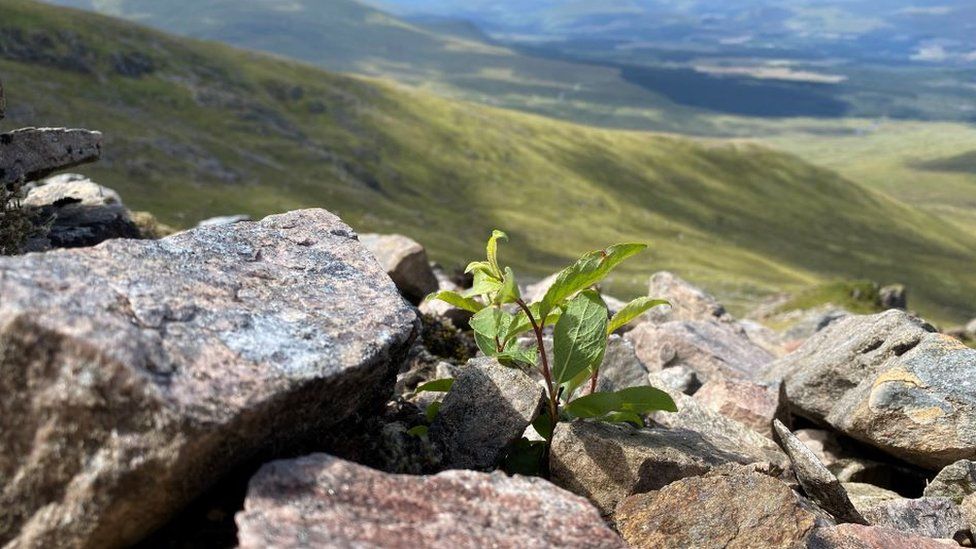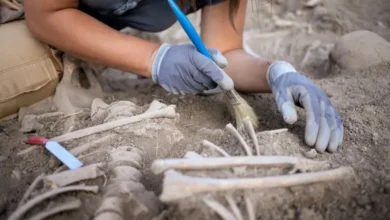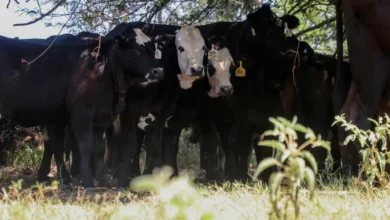Trees found growing at record altitudes up Scotland’s Munros

Trees have been found growing at record-breaking heights in Scotland’s mountains, according to new research by the University of Stirling.
The highest was a rowan 1,150m (3,773ft) near the top of Sgurr nan Ceathreamhnan, a Munro in West Affric.
On Braeriach, Britain’s third highest mountain, a sitka spruce was found at 1,125m (3,691ft).
The trees could be a sign of how hilltop woodlands lost over thousands of years might be restored.
In total, the research documented 11 new altitudinal records for tree species in Britain. The research has been published in the Botanical Society of Britain and Ireland’s British and Irish Botany journal.
Other finds included a goat willow on Beinn Èibhinn, a remote mountain in the Highlands, and a sitka spruce, which is not native to Scotland, on Ben Vorlich in Argyll’s Arrochar Alps.

Sarah Watts, PhD researcher in Stirling’s Faculty of Natural Sciences, gathered evidence by scrambling up Munros, mountains in Scotland of more than 914m (3,000ft).
She said: “I have now bagged more than 200 Munros although I must admit I did lose count because I am more concerned with recording the distribution and altitudes of trees and other mountain plants.
“It was fascinating to find trees growing at the absolute limit of environmental tolerance for these species. Some were 200m above previously known altitudes.
“This shows us that there is potential for woodland restoration in Britain’s mountains after centuries of habitat loss and degradation.”

Dozens of Munro-baggers and climbers helped Ms Watt’s research by sending her photographs of trees growing near summits on social media using the hashtag #highmountaintrees.
She also set up Facebook group High Altitude Trees of Britain and Ireland where members can provide information.
The scientist verified the altitude of trees using a handheld altimeter.
Ms Watts said high-altitude habitats had largely been lost across the Scottish Highlands due to overgrazing of livestock and deer.
She added that if restored, they could be havens of biodiversity providing benefits for wildlife and people including natural hazard protection, sheltering, and flood-risk reduction.










